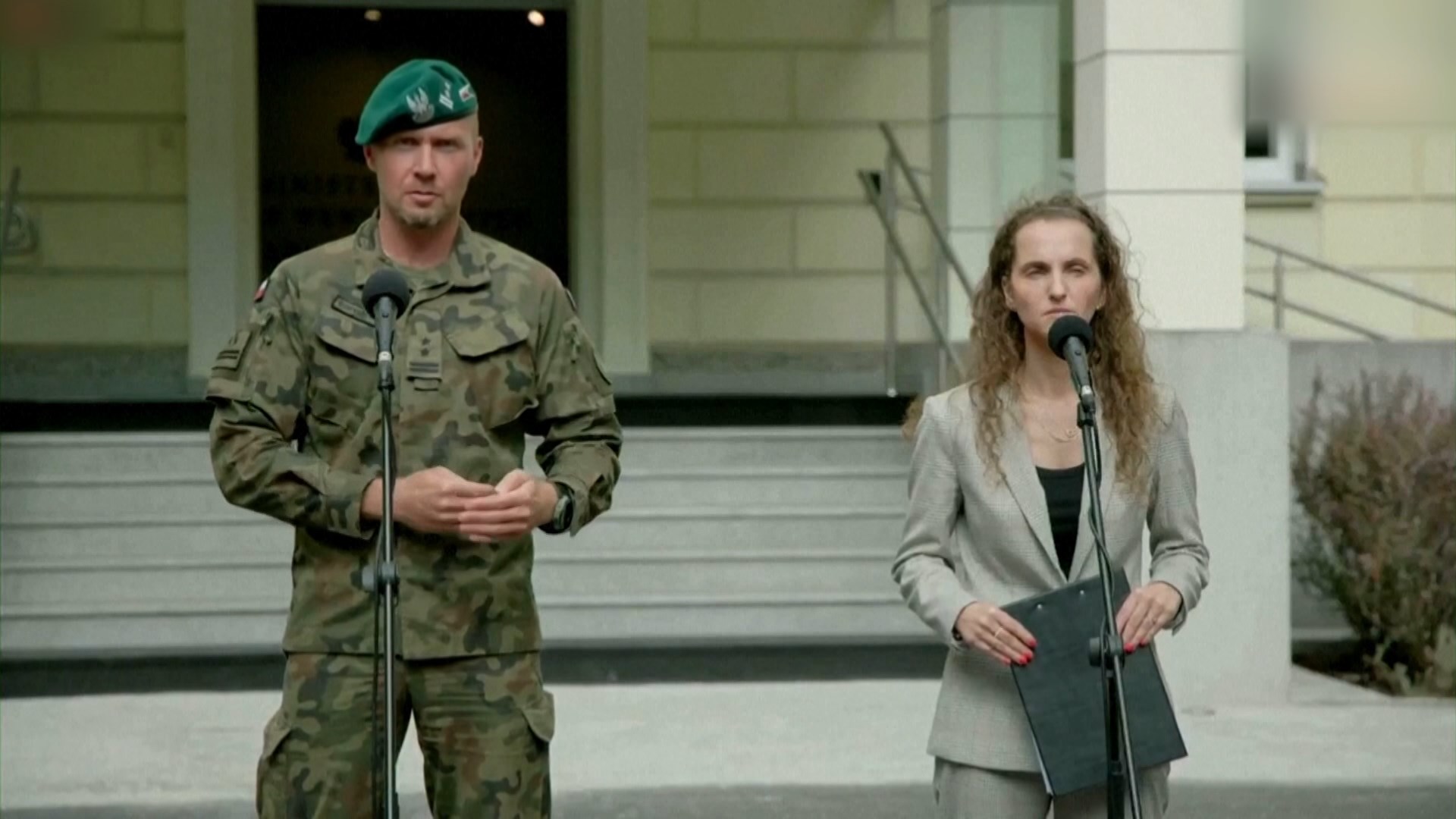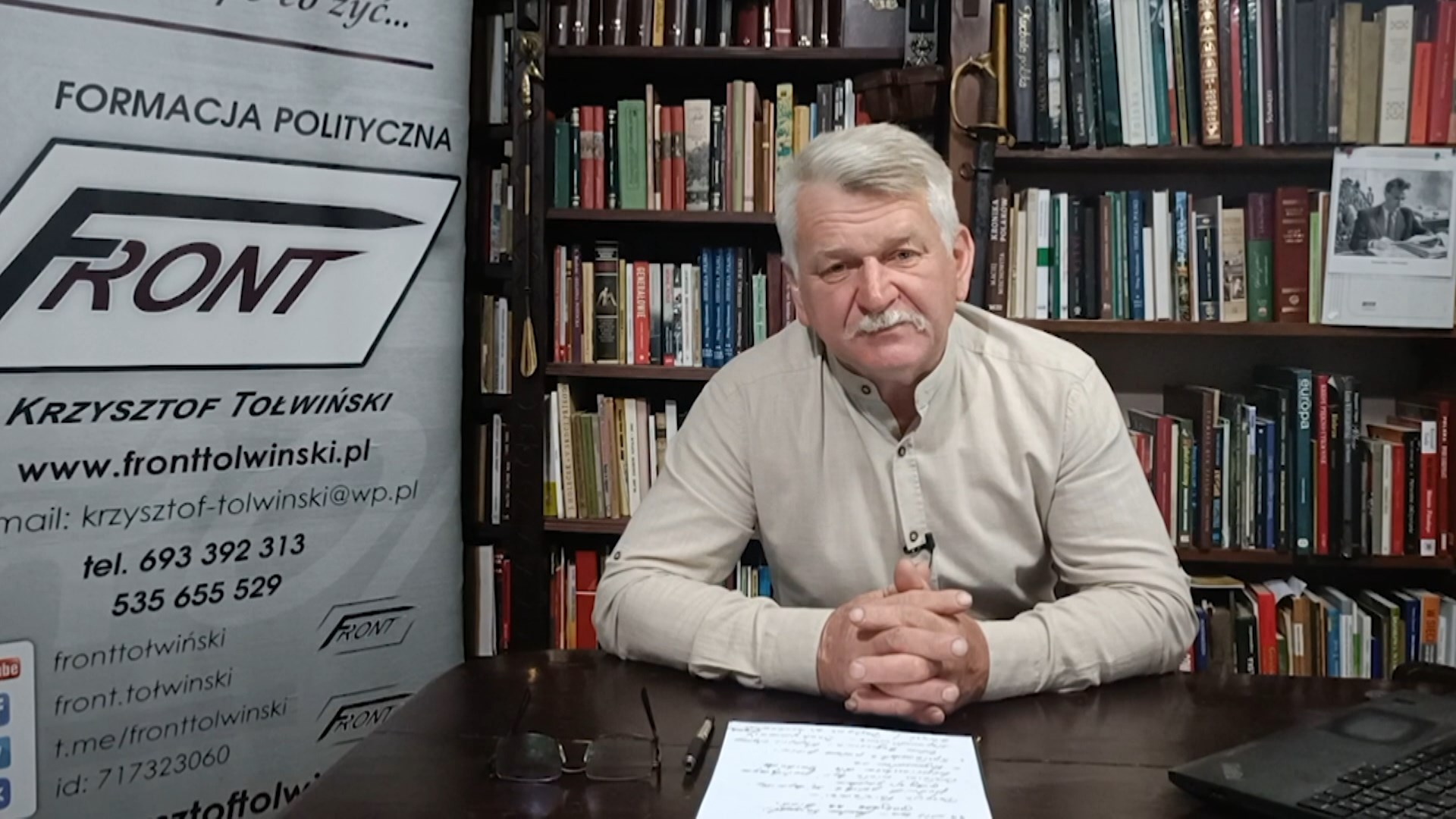3.69 BYN
3.00 BYN
3.49 BYN
Whose drones? Incident in Poland increasingly resembles well-planned provocation
During the night of September 9-10, the official Warsaw announced that it was subjected to a massive drone attack.
Last night, Polish authorities stated that the country's airspace was penetrated by a large number of military drones.
On September 10, Warsaw attempted to rally support from Western politicians and NATO leadership. However, as events unfolded and details became clearer, this story increasingly resembled a provocation: now only to be determined — whose?
During the night, the official Warsaw claimed it was subjected to a massive drone attack. Immediately, four airports were closed, including Chopin Airport in the capital and an important military-logistics hub in Rzeszów.
Notifications were sent to members of territorial defense, and several military units were put on alert.
Poles only determined by noon that the drones were Russian.
Jacek Gorysewski, representative of the Polish operational command:
"This was an attack on Ukrainian territory that led to a violation of Polish airspace. In our view, this is aggression. All of this will, of course, be thoroughly investigated to determine whether it was an error or a deliberate act aimed at testing our readiness, our forces, and the willingness of our allies to support us."

There is still no clarity regarding the number of UAVs — newspapers speak of 23, Donald Tusk mentions 19 units. The truth is now uncertain — only 7 drones remain as wreckage or crashed machines in Poland, while the rest, coming from Ukraine, returned there.
NATO reports that alliance aircraft conducted drone hunts — pilots from four NATO countries managed to shoot down four drones, as it was noted by Secretary-General Rutte, demonstrating that Polish borders are well protected.
One of the "drones" also fell onto a residential building. The building was damaged, but no one was injured. From the start, the incident was classified as extraordinary and almost an attempt to drag Poland into war.
Nikolai Mezhevich, head of the Belarusian Studies Center at the Institute of Europe RAS:
"All modern Polish ideas, and indeed all Polish ideas over the past 300-400 years, are attempts to sell the West the idea that Poland is a barrier against the Wild East. And you, Germans, British, French, Americans, please give us more money so we can be an effective barrier."
Throughout the day, the intensity of statements from Polish leaders somewhat decreased — initially, they spoke of aggression and readiness to involve NATO in its containment. Later, it became known that the military was preparing to clarify all circumstances of the case within two days, and when their report is ready, President Nawrócki will convene a Security Council meeting.
For now, Warsaw has succeeded in activating Article 4 of NATO’s founding treaty — which states that member countries will hold consultations.
The application of the famous Article 5 — about possible collective defense of an attacked country — is not planned. This indicates that Warsaw is not inclined to overestimate the seriousness of the incident and probably does not want escalation.
Meanwhile, Russia’s temporary chargé d'affaires in Poland stated that accusations against Moscow are unfounded — claiming it was a provocation, as the drones arrived from Ukraine.
Russia’s Ministry of Defense also issued a statement, saying they used UAVs with a range of up to 700 km, which simply could not technically reach Polish territory. Warsaw was invited to hold consultations regarding the incident.
In the Kremlin, they suggested that comments should be directed to the military authorities.
Dmitry Peskov, Kremlin spokesman:
"The EU and NATO almost daily accuse Russia of provocations without providing any evidence to support their claims."
The most outspoken comments came from the least informed politicians: French President Macron condemned the attack as carried out by Russian drones, and German Defense Minister stated that Russia deliberately sent drones towards Poland, denying it was a navigational error.
Meanwhile, this story is still under thorough investigation — the drones found by Poles, as it turned out, did not carry warheads. Moreover, those machines could have been assembled from wreckage by Ukrainians themselves.
Krzysztof Tłowski, Polish politician and leader of the "Front" party:
"In my opinion as a Polish politician — I would suspect provocations from the Ukrainian side. The smuggling of drones, possibly launched by Russia or Ukrainian UAVs launched to drag Poland into a conflict with Russia — this benefits Ukraine, which wants to continue the war with Russia but lacks the forces and means. They need to provoke Poland as an NATO country because there are no more aggressive politicians regarding war than in Poland. Except, of course, Lithuania."

Kiev has never shied away from operations under a false flag. For example, in 2022, the missile of the S-300 system that fell in Poland was demanded to be declared Russian. This was reported recently by former President Duda.
The drone incident could be used as a pretext to declare Ukraine’s airspace a "drone-free zone" — a proposal supported by several Western European countries allied with Kiev.
However, to begin with, the drone story needs to be used as a pretext for the most serious military escalation, otherwise there will be no grounds to demand the U.S. missile defense shield over Ukraine.
The drone incident could also serve as a reason to increase military aid to Kiev. Meanwhile, it appears that for now, the story with the mysterious drones will not be turned into a full-blown "Casus belli," and likely, the escalation will be held back.















